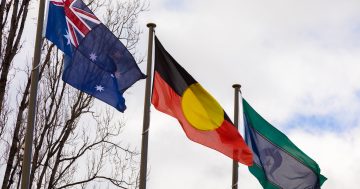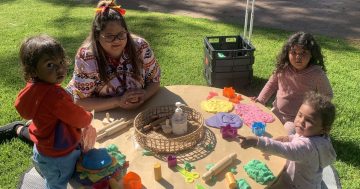 A NSW Treasury report on how State Government Agencies aligned their budgeting and business planning to achieve the National Agreement on Closing the Gap priorities last financial year is calling for more cross-Government collaboration.
A NSW Treasury report on how State Government Agencies aligned their budgeting and business planning to achieve the National Agreement on Closing the Gap priorities last financial year is calling for more cross-Government collaboration.
Welcoming the Aboriginal and Torres Strait Islander Outcome Budgeting Landscape Report 2020-21, Treasurer, Matt Kean said the Report highlighted where Government budget allocations had assisted measures to close the gap and where there were opportunities to improve.
“In alignment with Closing the Gap Priority Reform Three (Transforming government organisations), the Report aims to bring a greater focus on Aboriginal and Torres Strait Islander outcomes, to ensure that public resources are allocated strategically based on outcomes,” Mr Kean said.
In its Report, Treasury said as at September 2021, there were a total of 10 Outcome Indicators and 40 Program Performance Measures specific to First Nations communities across the Outcome Budgeting landscape.
It said three of nine Clusters (Education, Premier and Cabinet, and Stronger Communities) had embedded at least one Outcome Indicator specific to First Nations peoples; five Clusters (Customer Service, Health, Planning, Industry & Environment, Stronger Communities and Treasury) had embedded at least one Program Performance Measure; seven of the 17 Closing the Gap Socio-Economic Outcomes were reflected in an existing Outcome Budgeting measure; and there were opportunities for all Clusters to better reflect the State’s First Nations outcomes priorities.
“Treasury has consulted with all Clusters to gain an understanding of the perceived challenges and opportunities across the sector in embedding Clusters’ First Nations-specific priorities as Outcome Indicators and Program Performance Measures,” Treasury said.
“Findings suggest that, although there is a varied degree of Outcome Budgeting maturity across the sector, there are six key challenges to embedding First Nations measures in Outcome Budgeting and Outcome and Business Plans.”
It said these challenges included determining the appropriate measures to include; hesitancy to take end-to-end accountability for outcomes that Clusters had limited control over; reporting timeframe constraints; data gathering and reporting challenges; varying levels of awareness of Outcome Budgeting within Clusters; and, in some cases, varying executive support or accountability for First Nations outcomes.
The Department made 10 general recommendations and a number of recommendations specific to each Cluster’s outcome and business planning processes that sought to respond to the challenges identified.
Treasury’s 47-page Report can be accessed at this PS News link.











